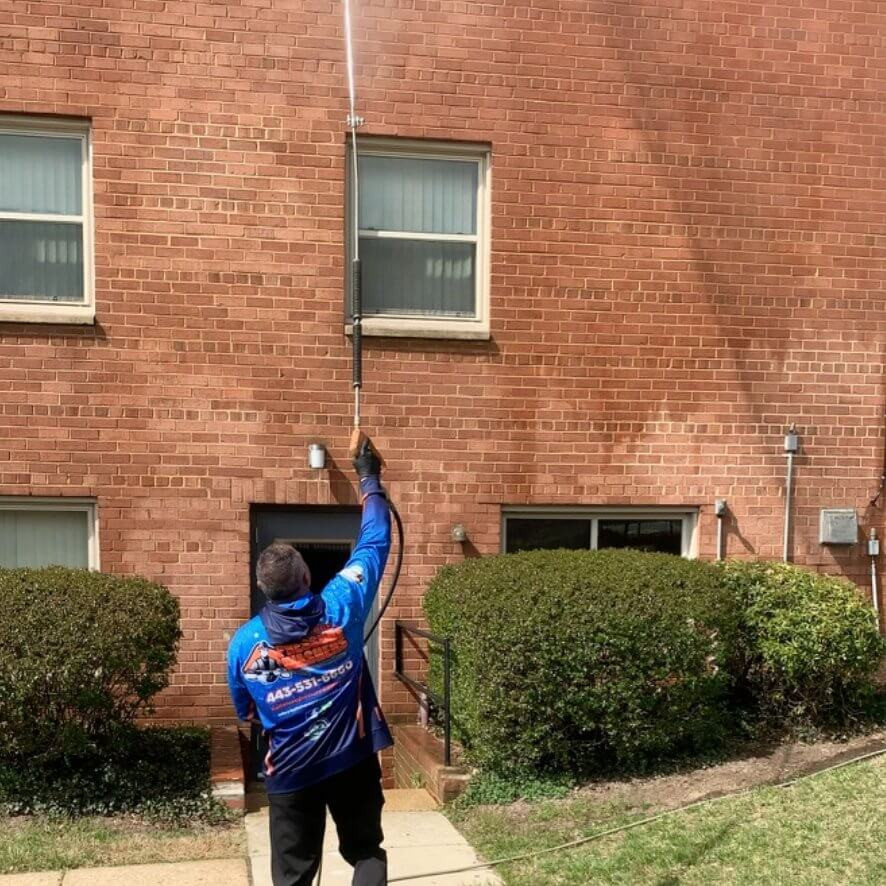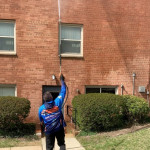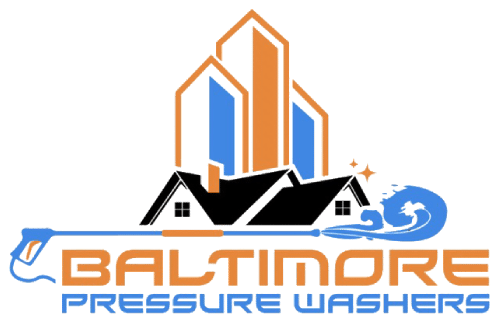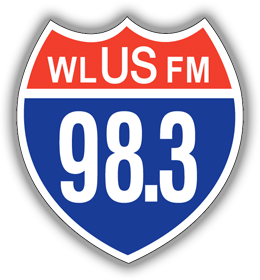As a trailblazer in the local exterior cleaning industry, many know Baltimore Pressure Washers for tailor-fit solutions. With decades of experience under their belts, the team has accumulated a wealth of knowledge about the ins and outs of the trade.
One of the most common questions that comes up for the team is about power washing vs. pressure washing services. The confusion is understandable; both are popular cleaning techniques. However, they’re fundamentally different in both operation and application.
The professionals from Baltimore Pressure Washers break down the key differences between pressure and power washing below.
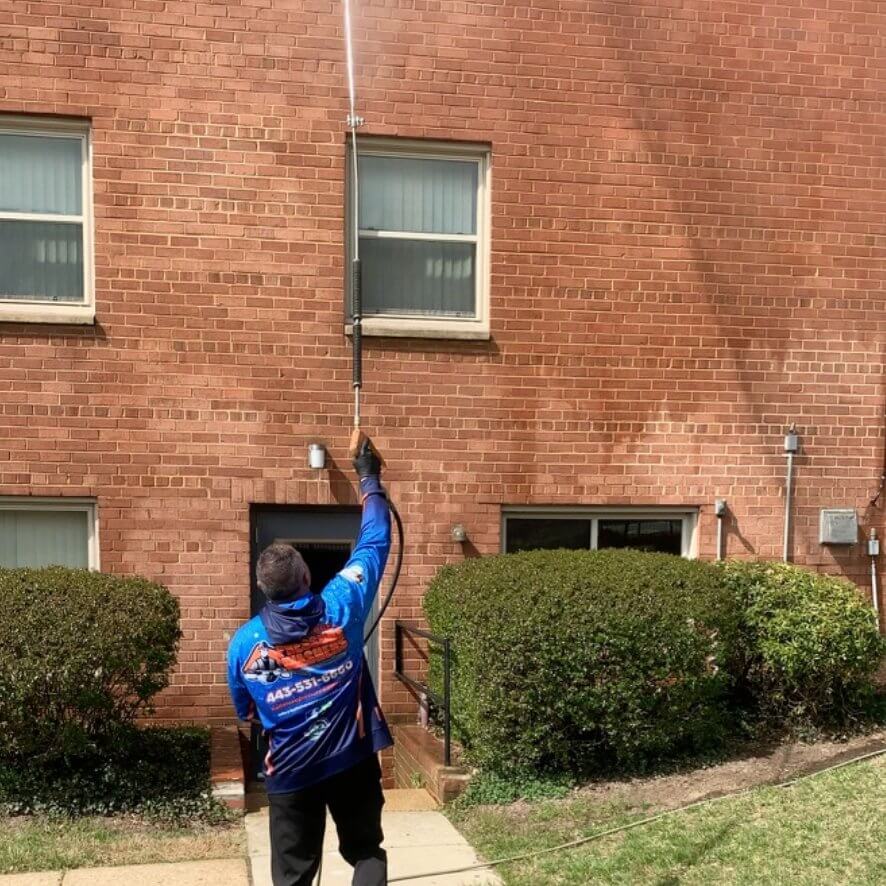
Digging Into the Origins: Power vs. Pressure Washing
Pressure washing came onto the scene in the 1920s, when Frank W. Ofeldt II, an employee of a production facility, discovered it by accident. While working on a whisky still, he saw high-pressure steam force its way through a small hose and remove the grease off the garage floor. Based on this concept, the inventor Alfred Kärcher later developed the power washer in 1950.
Both inventions have evolved, becoming mainstays in residential and commercial settings. From sprucing up patios to rejuvenating public spaces, the utility is undeniable. The primary difference between them is the addition of heat, which makes it power washing instead of pressure washing.
Expert Insights Into Pressure Washing
A Baltimore Pressure Washers spokesperson shares, “Each method, while versatile, has limitations. That’s why it’s so crucial to understand the difference between pressure vs. power washing. The last thing anyone wants is lackluster results, or worse, damage to their property.”
Using a sledgehammer for a thumbtack is unnecessary. Power washing isn’t always the best approach, so be sure to check with the local provider before scheduling a cleaning.
The Key Differences
As the experts from Baltimore Pressure Washers break down the key differences between pressure and power washing, a few aspects are hard to miss.
- Water pressure: Power washers typically use more pound-force per square inch (between 2000 and 4000 PSI). Pressure washers have a wider range (500 to 4000 PSI).
- Temperature: Only power washing uses heated water.
- Applications: Power washing reigns supreme on heavy buildup, hardened chewing gum, and stubborn stains. Pressure washing suits routine cleaning, mildew, dirt, and grime.
The final consideration is the limitation of power washing vs. pressure washing. Both methods use jets of water that can damage softwood. painted exterior surfaces, or rooftops. Heat will also warp old, delicate surfaces, or even melt plastic, so caution is advisable.
Pressure Cleaning’s Safety and Efficiency
Property owners often underestimate the power of these machines if they wield them themselves, leading to unintentional property damage and even personal injury. Professionals like Baltimore Pressure Washers will carefully assess each project before choosing the most appropriate method based on the surface.
More Information About Exterior Cleaning | Maryland
Since Baltimore Pressure Washers breaks down the key differences between pressure and power washing for local customers, the team is happy to answer questions or share more information about the company’s services. Call (443) 531-6660 to connect.
